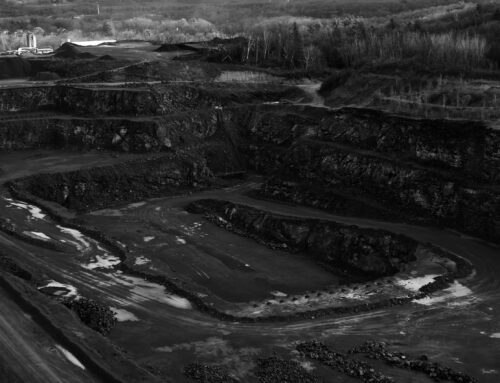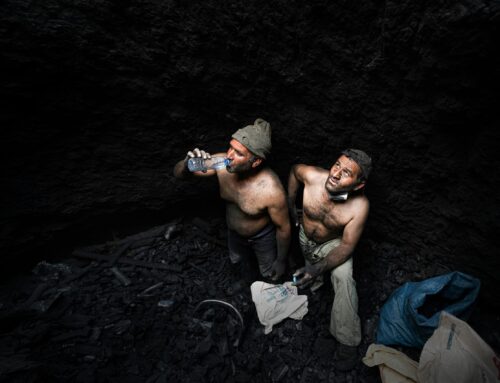Introduction
Gold has been a valuable commodity for centuries, playing a crucial role in economies, industries, and cultures worldwide. Its rarity, durability, and aesthetic appeal make it one of the most sought-after metals. In addition to being a traditional store of value, gold is essential in various modern industries, including electronics, medicine, and aerospace. This article delves deep into the process of gold mining, its post-mining journey, the world’s biggest gold mines, industrial importance, trade, and the gold standard.
The Process of Gold Mining
Gold mining is a complex and multi-step process that involves the following stages:
1. Exploration and Discovery
Geologists use various techniques such as geological mapping, geochemical analysis, and remote sensing to locate gold deposits. Once a potential site is identified, exploratory drilling helps determine the quantity and quality of gold available.
2. Extraction Methods
Gold is mined using two main methods:
- Open-Pit Mining: This method is used when gold is found close to the surface. Large amounts of soil and rock are removed to access the ore.
- Underground Mining: This is employed for deeper deposits and involves tunnels and shafts to extract gold-bearing ore.
3. Ore Processing
Once extracted, the ore undergoes crushing and grinding to free the gold particles. Gold is then separated using methods such as:
- Gravity Concentration: Uses the difference in density to separate gold.
- Flotation: A chemical process that binds gold particles to air bubbles for collection.
- Cyanidation: A common technique where gold is dissolved in a cyanide solution and later recovered.
Post-Mining Processes
After mining, gold undergoes refining and processing before it reaches markets:
- Smelting: The ore is heated in a furnace with flux materials to remove impurities, producing doré bars containing both gold and silver.
- Refining: The doré bars are further purified using techniques such as electrolysis (Wohlwill process) or chlorination (Miller process), resulting in gold of up to 99.99% purity.
- Fabrication: Refined gold is transformed into various products such as jewellery, bullion bars, coins, and industrial components.
Major Gold Mines Around the World
Some of the world’s largest gold mines by production include:
- Muruntau Mine (Uzbekistan): The world’s largest open-pit gold mine with massive reserves.
- Grasberg Mine (Indonesia): A major gold and copper mine known for its vast production.
- South Deep Mine (South Africa): One of the deepest mines with significant reserves.
- Olimpiada Mine (Russia): A top gold producer in Siberia.
- Carlin Trend (USA): A highly productive gold-mining district in Nevada.
Industrial Importance and Uses of Gold
Gold is crucial across various industries due to its unique properties:
- Electronics: Used in circuits, connectors, and semiconductors due to its excellent conductivity and resistance to corrosion.
- Aerospace: Utilized in spacecraft coatings and satellite components to protect against radiation and heat.
- Medical Industry: Applied in dental fillings, cancer treatments, and diagnostic tests.
- Jewelry and Luxury Goods: Still one of the primary uses of gold globally.
- Financial Sector: Used for investment in the form of gold bars, coins, and exchange-traded funds (ETFs).
Global Gold Trade: Major Importers and Exporters
Top Exporters
- China: The world’s largest producer and exporter of gold.
- Australia: A leading gold-exporting nation with rich reserves.
- Russia: A key gold supplier with extensive mining operations.
Top Importers
- India: The largest gold consumer, importing mainly for jewellery.
- China: A major importer despite being the top producer due to high domestic demand.
- United States: Imports gold for industrial and investment purposes.
The Gold Standard: A Historical Perspective
The gold standard was a monetary system where the value of a country’s currency was directly linked to gold. Under this system, governments could only issue currency if it was backed by an equivalent amount of gold.
During the 19th and early 20th centuries, the gold standard facilitated stable international trade by ensuring fixed exchange rates. However, during the Great Depression, the system became unsustainable, leading to its abandonment in favour of fiat currencies. Today, while no country operates under the gold standard, gold remains a crucial asset in global finance and central bank reserves.
Leading Gold Mining Companies
Some of the top companies involved in gold mining include:
- Newmont Corporation (USA): The largest gold producer with operations worldwide.
- Barrick Gold (Canada): A major gold mining company with assets across multiple continents.
- Polyus Gold (Russia): Russia’s largest gold producer.
- AngloGold Ashanti (South Africa): A leading gold miner in Africa and beyond.
- Kinross Gold (Canada): Operates several major mines globally.
Conclusion
Gold remains an indispensable commodity, playing a crucial role in global economies, industries, and financial markets. From mining to its myriad uses in technology and medicine, gold’s value goes beyond mere aesthetics. As demand continues to rise, the mining and refining of gold will remain pivotal to meeting the needs of various sectors worldwide.


